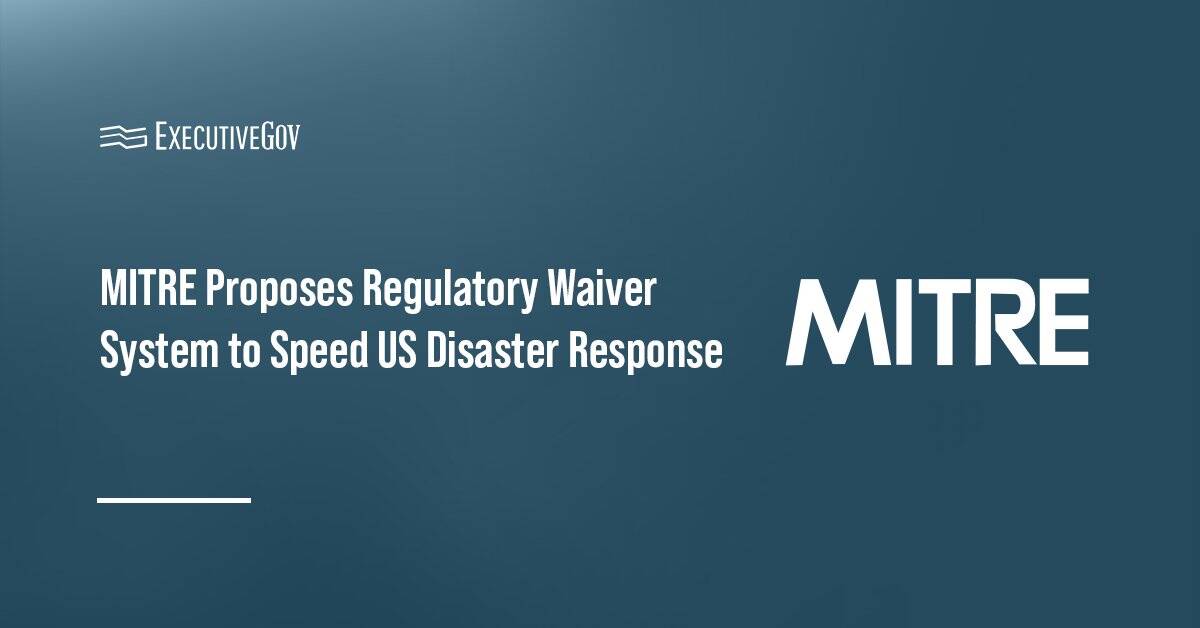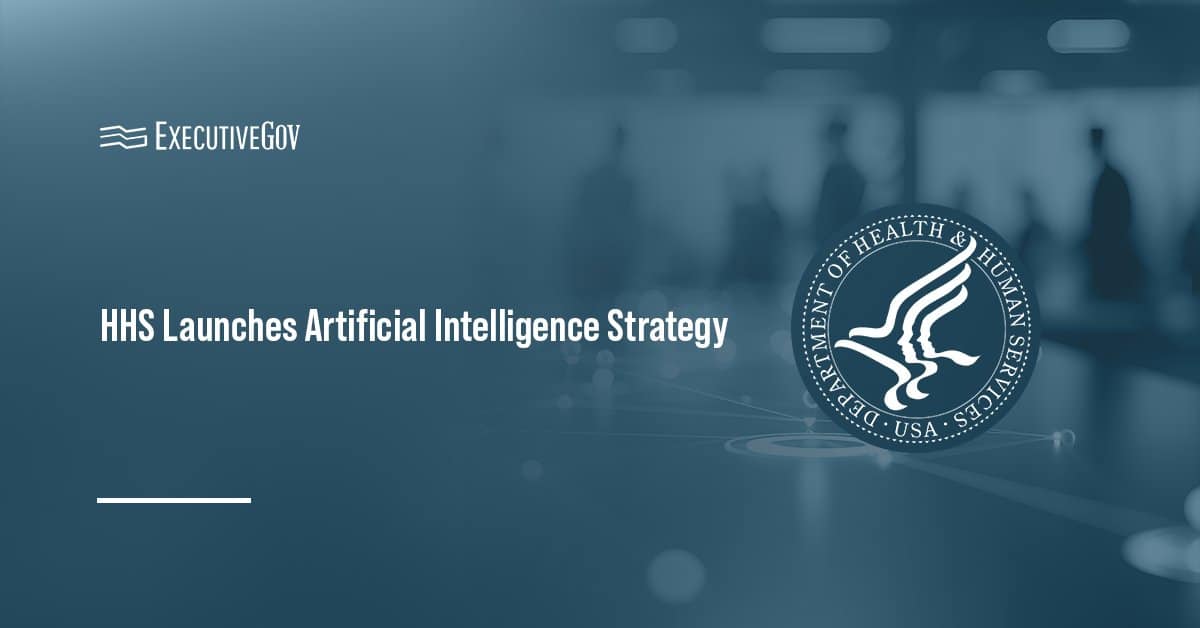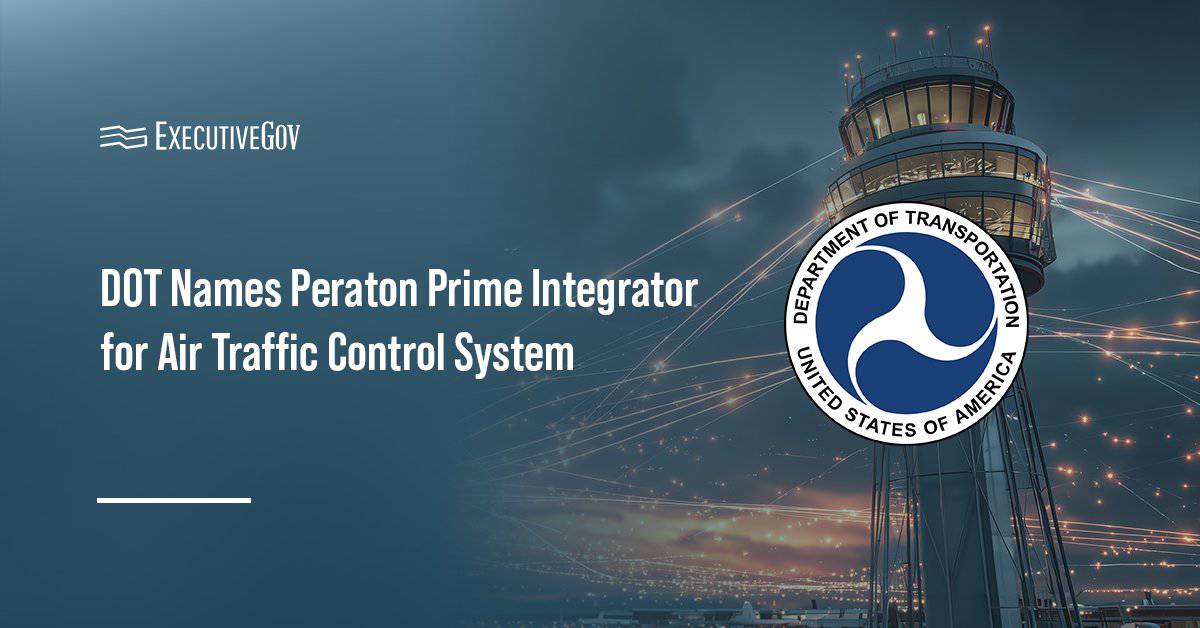MITRE has proposed the establishment of predefined federal, state and local emergency regulatory waivers to expedite emergency response and recovery for U.S. critical infrastructure.
The nonprofit organization published a white paper titled Expediting Emergency Response with Predefined Regulatory Waivers to identify existing rules and regulations that may hamper recovery efforts following natural or manmade disasters and provide steps the government can take to develop prepackaged waiver and streamline regulatory relief.
The paper, the second in MITRE’s series on critical infrastructure readiness to conflict scenarios, is a result of a December tabletop exercise, which simulated a multiregion, multisector cyber attack on U.S. critical infrastructure.

Leaders from the Cybersecurity and Infrastructure Security Agency and the Department of Homeland Security will be present to discuss threats to U.S. homeland security at the Potomac Officers Club’s 2025 Homeland Security Summit on Nov. 12. The event will feature a keynote address from Homeland Security Secretary Kristi Noem and panels tackling the impact of mega-events, artificial intelligence use in homeland security and supply chain resilience, and more. Secure your ticket to the event here.
Table of Contents
How Existing Regulations Create Challenges in Disaster Response
During the exercise, state, local, and industry participants pointed out that government processes that typically ensure safety, accountability and oversight can become barriers in times of crisis.
For instance, participants from several cities reported that current regulations prevented them from seeking mutual aid to restore their natural gas distribution network under one of the exercise’s disruption scenarios.
Regulatory impediments not only slowed down recovery, but also led to increased adverse effects on the population’s health and safety.
MITRE also pointed out that, according to the Federal Emergency Management Agency, temporary regulatory, ordinance and
policy waivers are “the most effective means of restoring critical private-sector capacity.”
What MITRE Recommends
MITRE proposes a tiered waiver system based on urgency:
- Tier 1 for Immediate Lifesaving Waivers, which will prioritize the movement of and access to goods during the first 24 to 72 hours after a disaster
- Tier 2 for Stabilization Waivers will restore critical services
- Tiers 3/4 for Extended Outage/Recovery Waivers are for prolonged disruptions and address
long-term recovery
The paper also provides next steps of action for government, including engaging agencies and industry stakeholders to define a national waiver action plan, expanding reviews of statutory authorities across agencies and developing a decision-support tool to streamline waiver activation.





